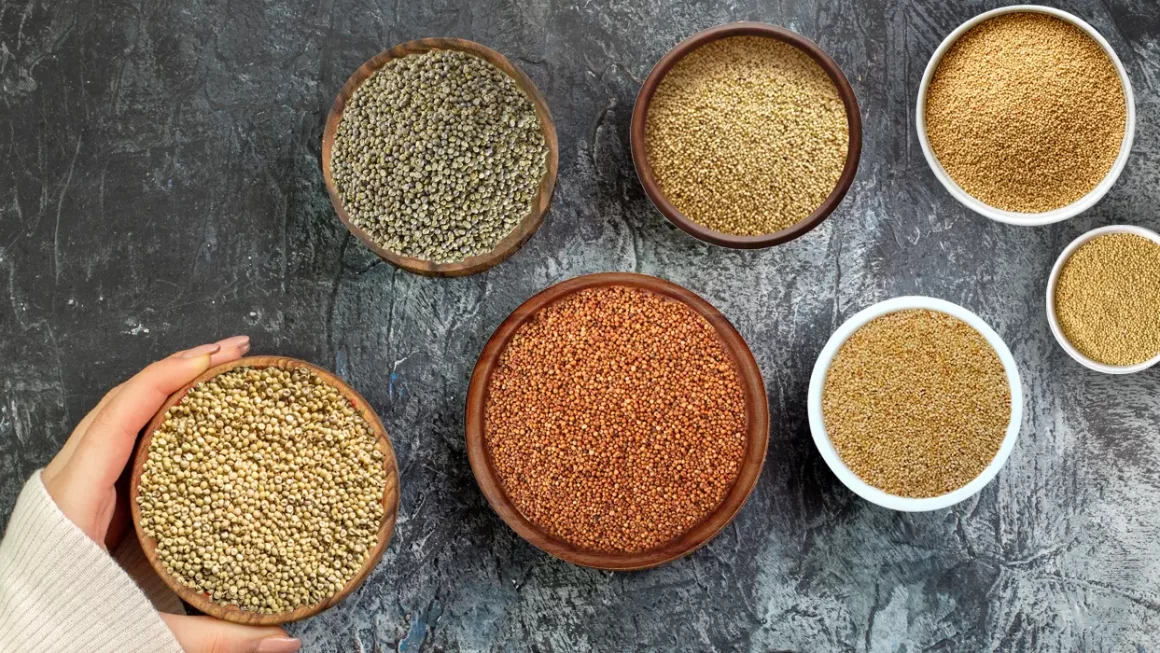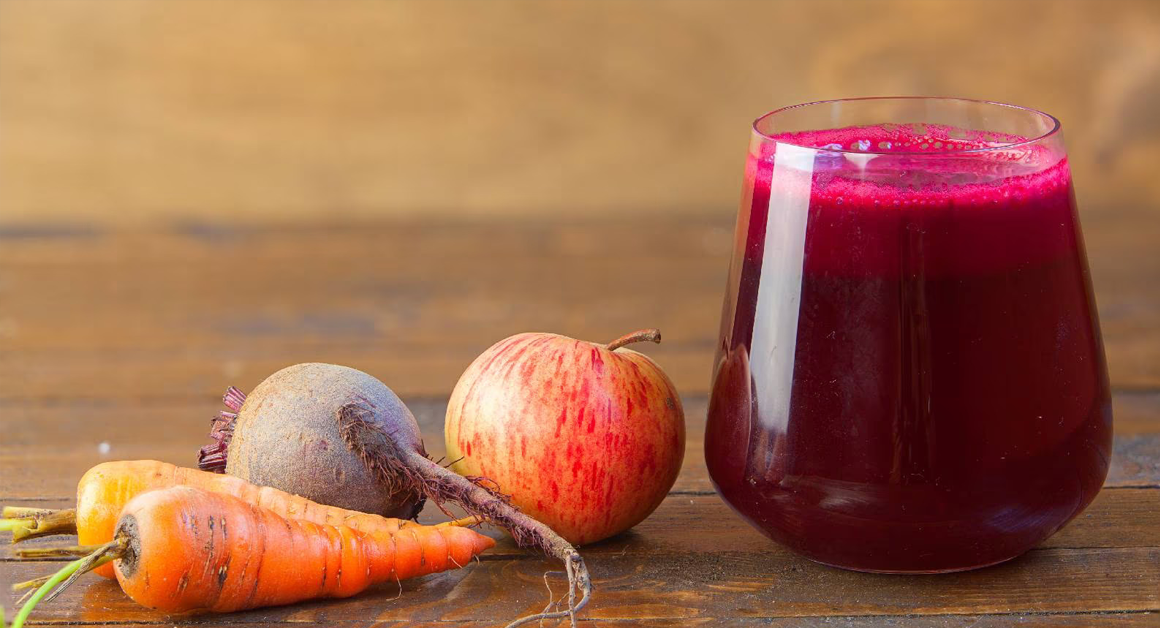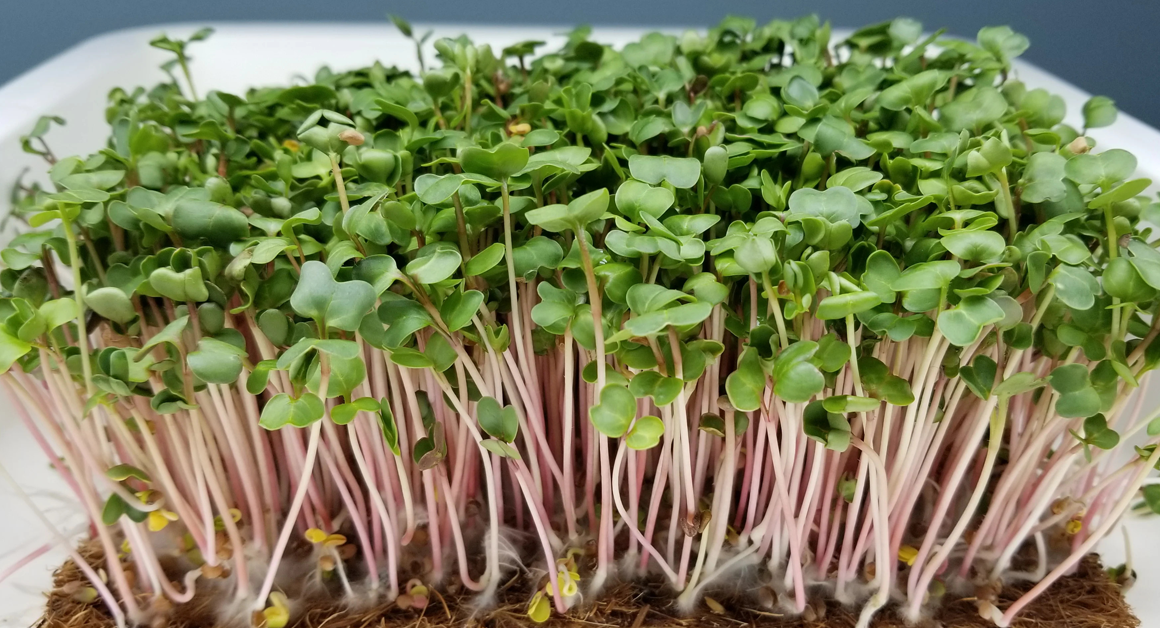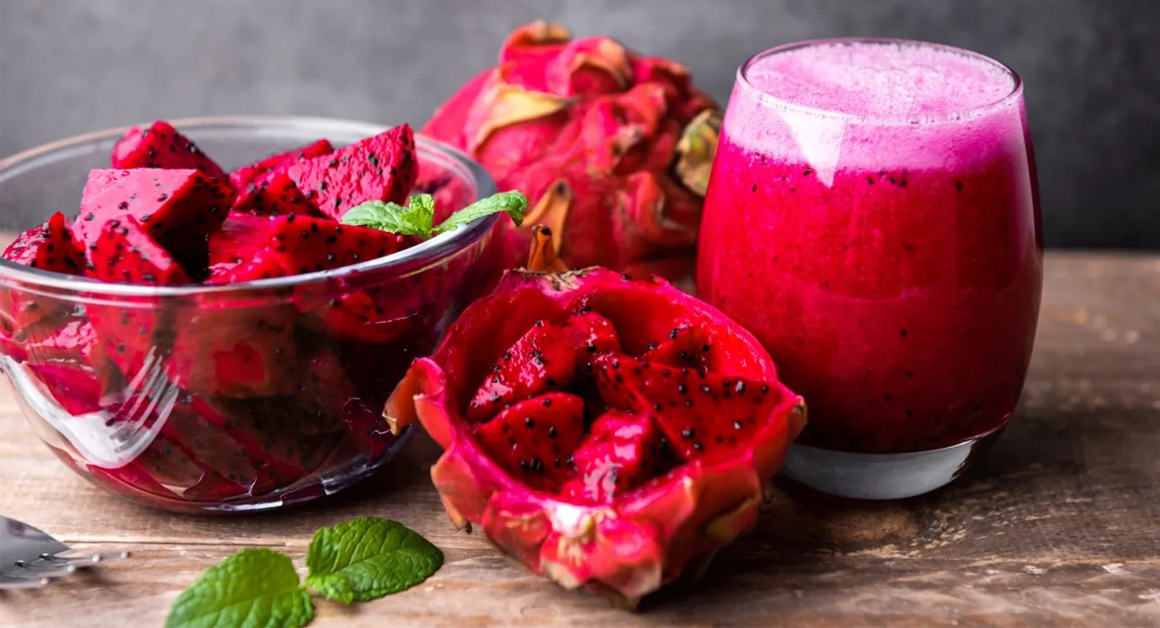Millets, the ancient grains of India, have been an integral part of the country’s culinary heritage for thousands of years. These small, nutrient-dense grains have recently gained popularity not only for their exceptional health benefits but also for their versatility in various vegetarian recipes. In this article, we will delve into the rich history of millets, explore the different types available, discuss their numerous health benefits, and provide insights into the best time to consume them. Whether you’re a food enthusiast, a health-conscious individual, or a vegetarian looking to diversify your diet, this article will uncover the wonders of millets.
The History of Millets in India
Millets have been cultivated in India for over 5,000 years, making them one of the oldest grains to be grown by mankind. These hardy crops were the staple diet of ancient Indian civilizations, including the Harappan civilization. Millets were particularly favored for their ability to thrive in diverse climatic conditions, even in arid regions, which made them a crucial food source during times of drought and scarcity.
Types of Millets in India
- Pearl Millet (Bajra): Pearl millet is one of the most widely cultivated millets in India. It is a rich source of dietary fiber, protein, and essential nutrients like iron, magnesium, and phosphorus. Bajra is commonly used to prepare rotis (flatbreads) in North India and is also used in porridge and various snacks.
- Finger Millet (Ragi): Ragi is renowned for its high calcium content, making it a valuable addition to vegetarian diets, where dairy consumption may be limited. It is often used to prepare nutritious dosas, idlis, and malt-based beverages.
- Sorghum (Jowar): Jowar is a gluten-free millet packed with antioxidants, vitamins, and minerals. It’s used to make rotis, bhakris (unleavened bread), and is a common ingredient in South Indian cuisine.
- Foxtail Millet (Kangni): Foxtail millet is known for its low glycemic index, making it an ideal choice for managing blood sugar levels. It can be used in a variety of dishes, including upma, pulao, and even desserts.
- Little Millet (Kutki): Little millet is a tiny grain with big health benefits. It’s rich in fiber, vitamins, and minerals, making it a great choice for salads, upma, or as a rice substitute.
Health Benefits of Millets:
Millets offer a plethora of health benefits, making them an essential part of a vegetarian diet:
- High Nutritional Value: Millets are rich in essential nutrients, including fiber, protein, vitamins (especially B vitamins), and minerals like iron, magnesium, and phosphorus.
- Gluten-Free: Most millets are naturally gluten-free, making them suitable for individuals with gluten sensitivity or celiac disease.
- Weight Management: The high fiber content in millets promotes satiety, helping in weight management and preventing overeating.
- Diabetes Control: Millets have a low glycemic index, which can help regulate blood sugar levels.
- Heart Health: The presence of antioxidants and healthy fats in millets can contribute to heart health by reducing cholesterol levels.
- Bone Health: Millets like ragi are excellent sources of calcium, promoting strong bones and teeth.
- Digestive Health: The dietary fiber in millets aids digestion and helps prevent constipation.
Best Time to Consume Millets:
Millets can be consumed at any time of the day, depending on your dietary preferences and nutritional needs:
- Breakfast: Start your day with a nutritious millet porridge or a dosa made from ragi or foxtail millet.
- Lunch: Incorporate millets into your main course by preparing rotis or rice alternatives with jowar or little millet.
- Snacks: Millet-based snacks, such as bajra bhakri or roasted millet snacks, are perfect for satisfying mid-day cravings.
- Dinner: Enjoy a wholesome dinner with millet-based dishes like millet pulao or upma.
- Desserts: Millets can even be used in desserts like ragi laddoos or foxtail millet kheer for a healthier sweet treat.
Why Is It Necessary to Consume Millets?
The necessity of incorporating millets into your diet cannot be overstated, especially in a food culture that is rapidly shifting towards processed and refined options. Here’s why millets are a must-have in your foodtopia:
- Nutrient-Rich: Millets provide a wide range of essential nutrients, ensuring your body receives the nourishment it needs.
- Sustainability: Millets are environmentally friendly, requiring less water and fewer resources for cultivation compared to other grains like rice or wheat.
- Diverse Vegetarian Options: Millets offer a diverse range of culinary possibilities for vegetarians, enhancing the variety in your meals.
- Healthier Alternatives: For those seeking to improve their health, manage weight, or control diabetes, millets offer healthier alternatives to refined grains.
- Cultural Heritage: By embracing millets, you connect with India’s rich culinary heritage and contribute to the preservation of traditional food practices.
In conclusion, millets are a foodtopia for vegetarians, offering a treasure trove of health benefits and culinary delights. From their ancient roots in Indian history to the diverse types available and the best times to consume them, millets are a must-have addition to your diet. So, whether you’re a food enthusiast, a health-conscious individual, or someone interested in vegetarian recipes, it’s time to embrace the millet revolution and savor the incredible world of Indian millets. Discover the wonders of millets, and experience the fusion of tradition and nutrition in every bite. Your health, your taste buds, and the environment will thank you.




